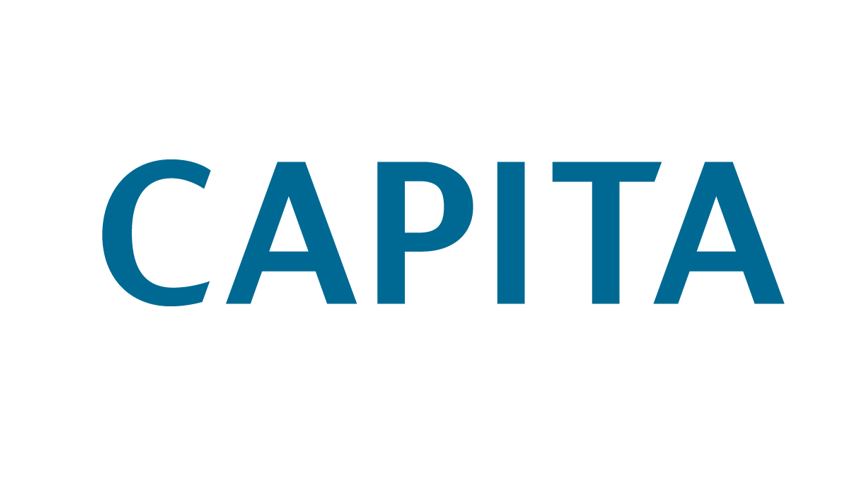How our natural 'body clocks' affect productivity & 10 practical tips
04 March 2019Circadian rhythm affects everything we do, from sleeping and working out to multi-tasking and number crunching. By understanding the role of circadian rhythm, we can adapt our working style to maximise health and productivity.
Within a region of the brain called the hypothalamus, there’s a group of brain cells called the suprachiasmatic nucleus, which controls the natural circadian rhythms of the body and is often referred to as the ‘master clock’. These rhythms or ‘clocks’ are self-sustaining, but are kept in alignment with the natural 24-hour cycle of the day by external stimuli – the most significant of which is light.
Circadian rhythm & wellbeing
Circadian rhythm has been shown to be involved in the coordinated daily variation of almost every physiological and psychological system evaluated so far, including mood, hormone production, cell regeneration and modulation of the sleep-wakefulness cycle. Sleep is undeniably a fundamental pillar of good health, which affects attention, creativity, risk of cancer, dementia, colds and flu, heart attack, stroke, diabetes, anxiety and depression (to name a few). Unsurprisingly, Harvard Business Review reports that natural light is the most highly ranked attribute of the workplace environment by employees.
Scheduling tasks to maximise performance
Our circadian clocks directly affect our performance across different types of task throughout the day, including those that require attention, working memory and executive functions. For the average healthy individual, alertness starts to increase from 3-4am, peaks at around noon, drops between 2-4pm, and reaches a second peak at around 6pm before winding down later in the evening. Most individuals should therefore schedule work that requires focus and attention (such as analytical tasks) for the late-morning, and less demanding (or perhaps creative) tasks for the post-lunch circadian-slump. We’re typically better at coordination and reaction in the late afternoon and are at our peak physical strength and cardiovascular efficiency between 4-6pm. Cognitive fatigue explains about 20% of variation in cognitive performance throughout the day. Students taking exams in the afternoon get worse grades than in the morning, and the rates of traffic accidents and surgical errors increase significantly during the afternoon. Interestingly, our emotional wellbeing follows a similar trend; we’re happier in the late-morning, less happy in the afternoon and happier again in the early evening.
Understanding your chronotype
Whilst the above describes the circadian cycle of typical individuals (intermediate-types), there are also those with a propensity for an advanced sleep period (morning-types or ‘morning larks’) or a delayed sleep period (evening-types or ‘night owls’). This varies on a bell-curve distribution and is known as your chronotype. Extreme morning-types and extreme evening-types make up 10%-20% of the population and will experience the opposite pattern of activity level to one-another throughout the day. Teenagers and young adults are more likely to be night owls and this tends to shift with age. In schools with early start-times, it is possible to drastically improve academic performance simply by starting later. There’s no one-size-fits-all fix to chrono-misalignment, as it depends on your own genetic proclivity to sleep. To find your chrono-type, observe your own patterns of activity, or take a test, such as the Munich ChronoType Questionnaire (MCTQ).
10 ways to improve productivity
So what can individuals and business leaders do to maximise productivity and reduce the health-risks associated with sleep deprivation? For individuals:
- Determine your own chronotype and schedule your workload and sleeping habits accordingly.
- Ensure that you grant yourself a sleep-opportunity of 7-9 hours per night to avoid sleep deprivation. The percentage of individuals who are productive with 6 hours sleep or less is less than 1%.
- Spend time outside during your lunch-break to maximise daylight exposure before the afternoon-slump.
- Consider having a lighter, low-carb' lunch and do some light stretching afterwards to increase circulation.
- Take a 20-30 min nap in the afternoon between 2-4pm, or before an intensive task. Evidence suggests that we’re better suited to a biphasic sleeping pattern and that napping improves performance by counteracting fatigue.
For employers:
- Monitor workplace lighting-levels and maximise natural daylight, ensuring adequate provision to support healthy circadian rhythm.
- Allow flexible working hours, empowering individuals to obtain quality sleep and work when they’re most effective.
- Avoid shift-work, which increases risk of ill-health and has been linked to chronic diseases.
- Create a culture of wellbeing, where employees are encouraged to go outside for lunch and take regular breaks.
- Provide dedicated resting spaces, where employees can take restorative breaks and naps.
This blog was originally published here.
